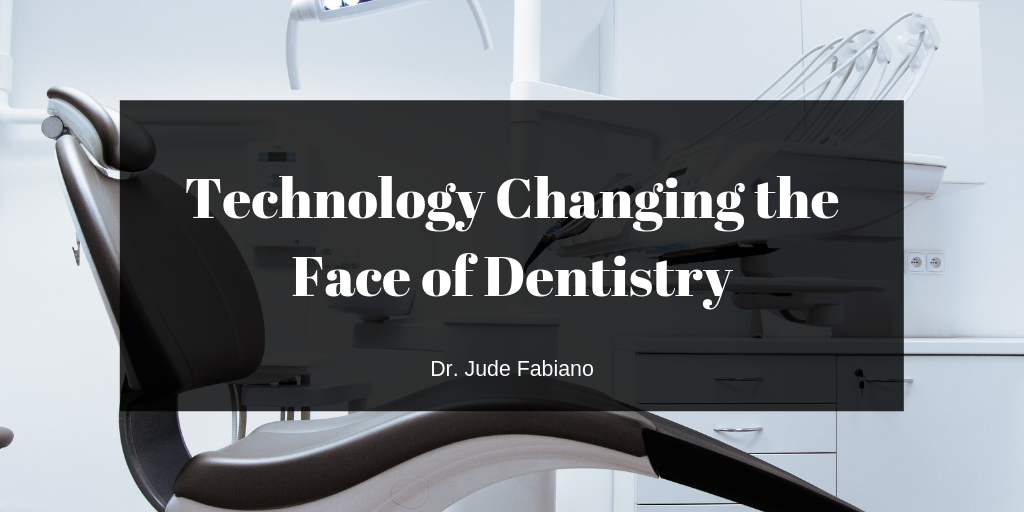For years, dental practitioners relied on X-rays to help determine the extent of a patient’s oral health. The advances made in medical technology enable physicians to implement various types of modern-day imaging equipment that are beneficial to the dentist and the patient. The technology also enables the practice to function more efficiently while increasing productivity.
The Patient’s Experience
With the assistance of modern technology, patients spend less time in the office receiving care. The precise images provided by upgraded equipment enable dentists to get a better look at specific problems that may then be remedied in less time. In this way, patients do not require as many follow-up visits to achieve the desired results.
Instrumentation available to the dentist reduces a patient’s discomfort level. For example, laser-assisted treatments are less invasive compared to traditional surgery. Thus, the recovery time is also decreased. Patients needing oral reconstruction need no longer endure sitting with a mouth full of mold-creating fixatives, as impressions can now be made using digital technology.
Benefits of the Practice
When patients have a pleasant experience in the dental office, they often recommend their practitioner to others. So, the dentist gains an ever-growing list of clientele. The practitioner then enjoys a profitable practice. The tax code also enables dentists to enjoy tax relief by deducting the equipment, computers, software and other new technologies purchased and used in the practice.
Types of Technology
Some of the many types of technology that today’s dentists might use include:
- CAD/CAM:
Computer-assisted design or computer-assisted manufacture enables practitioners to have crowns, inlays, veneers and other oral appliances made in the office. The technology uses imaging studies and measurements to automatically create what is needed to renovate a patient’s oral cavity.
- Cone Beam CT:
The technology uses computerized tomography to create a three-dimensional image of a patient’s oral anatomy. The images are made quickly and offer a higher degree of precision to specific areas of the mouth.
- Diagnodent:
The tool was manufactured to detect dental cavities during the early stages of development. The technology uses audible pulses and a laser to determine dental abnormalities. In this way, dentists are able to make corrections before extensive tooth damage occurs.
- Digital X-rays:
Digital images are made using oral cameras that instantly record oral anatomical features. The images take less time and allow the dentist to magnify the results for better clarity and greater accuracy.

